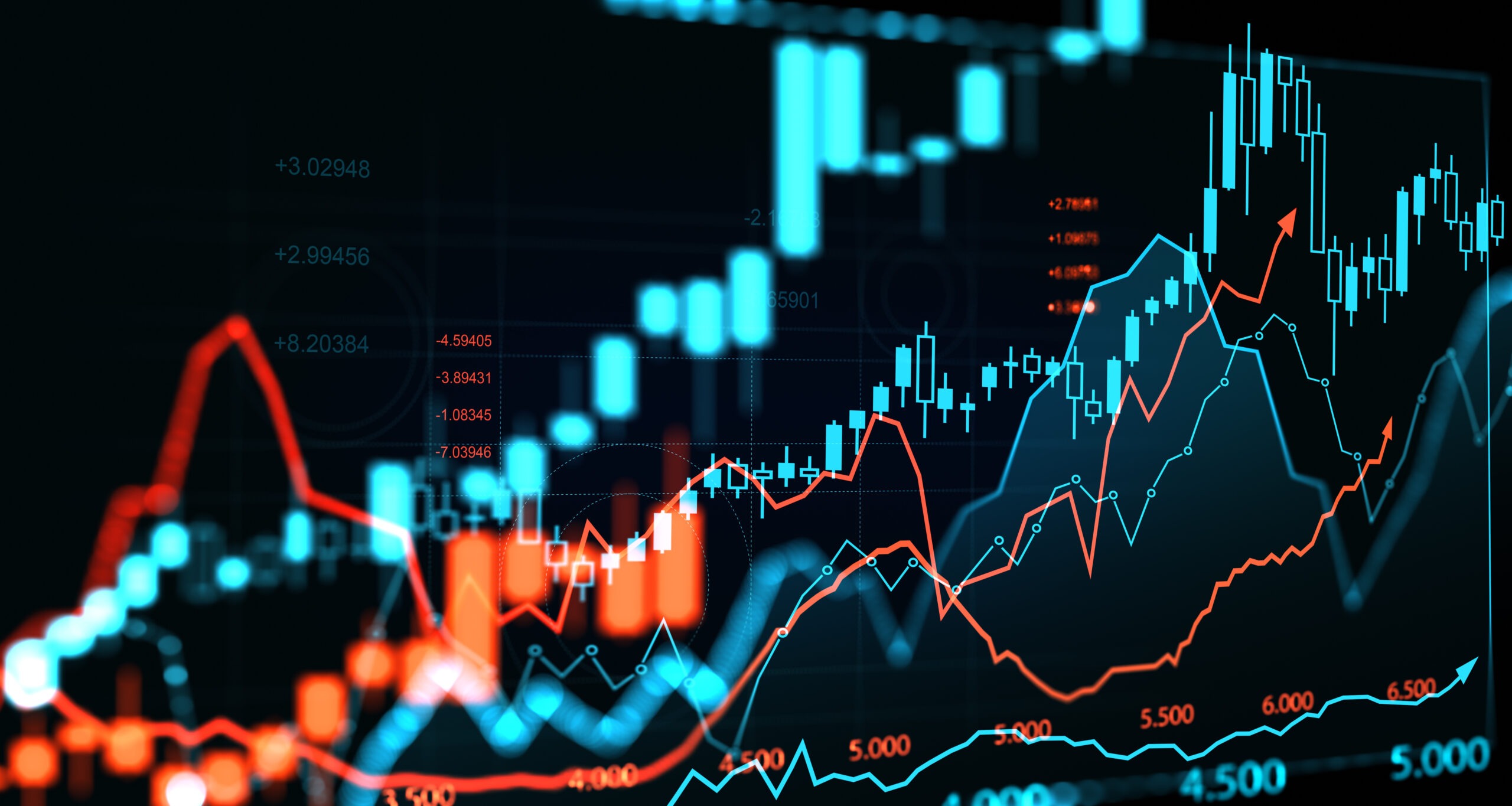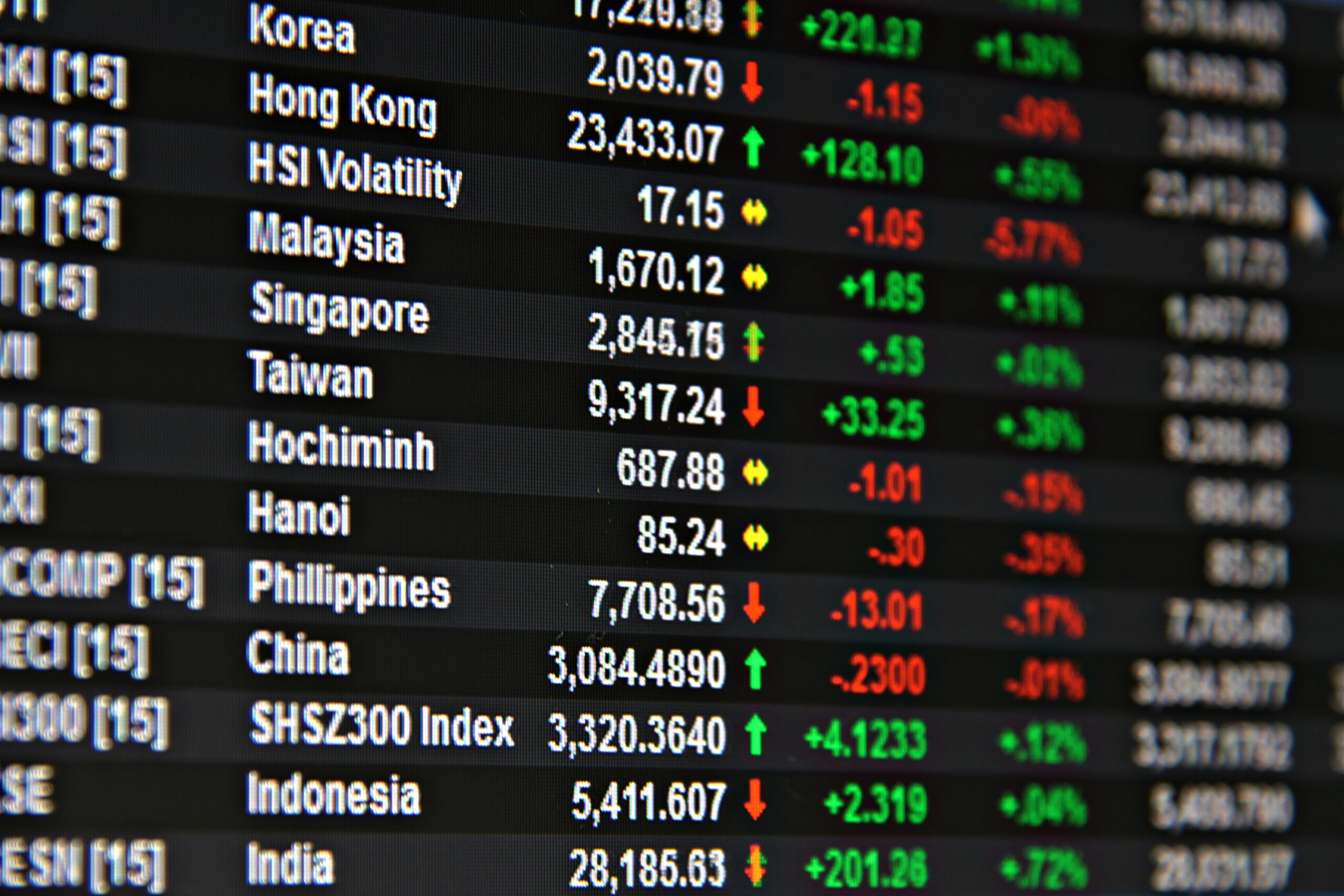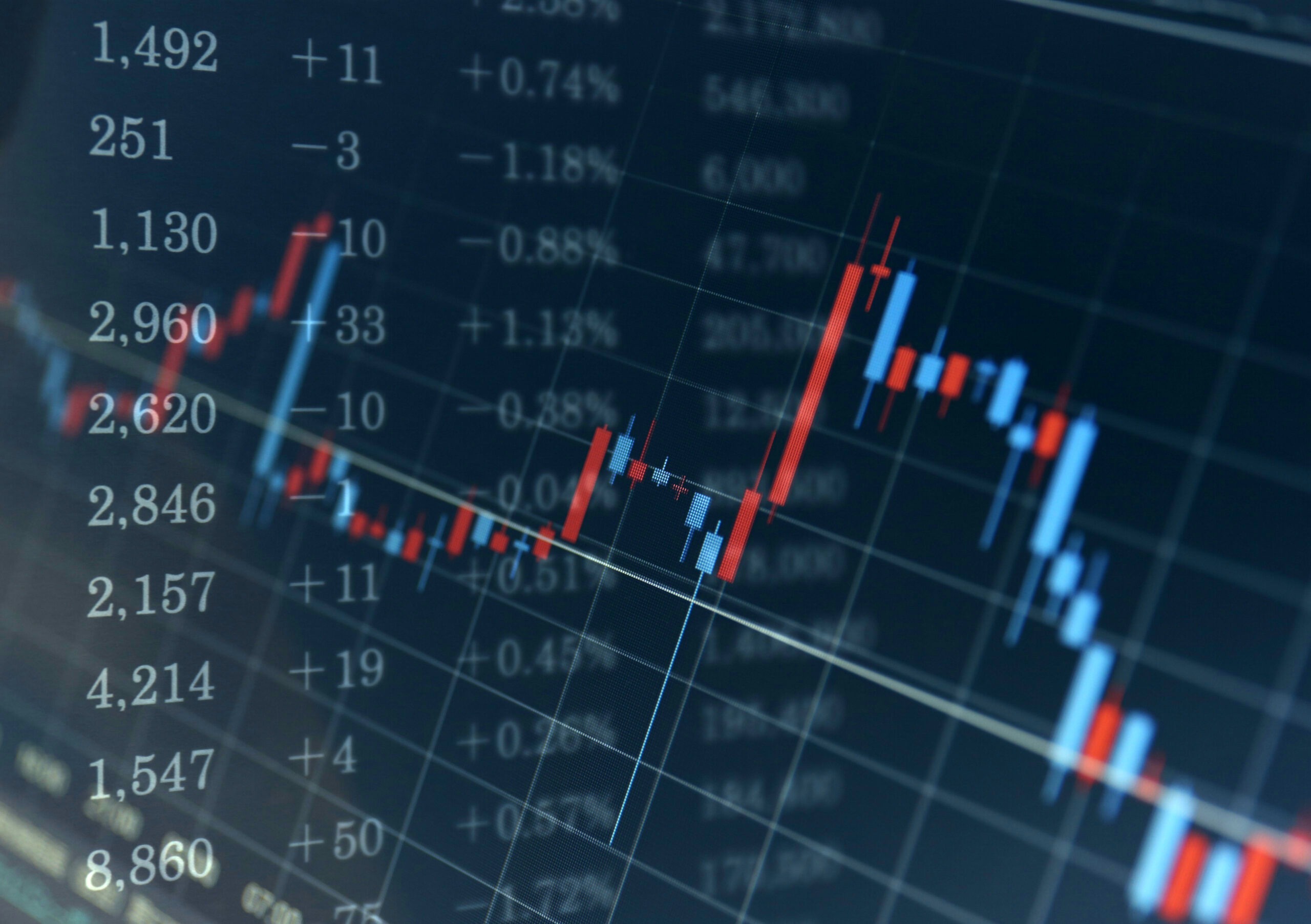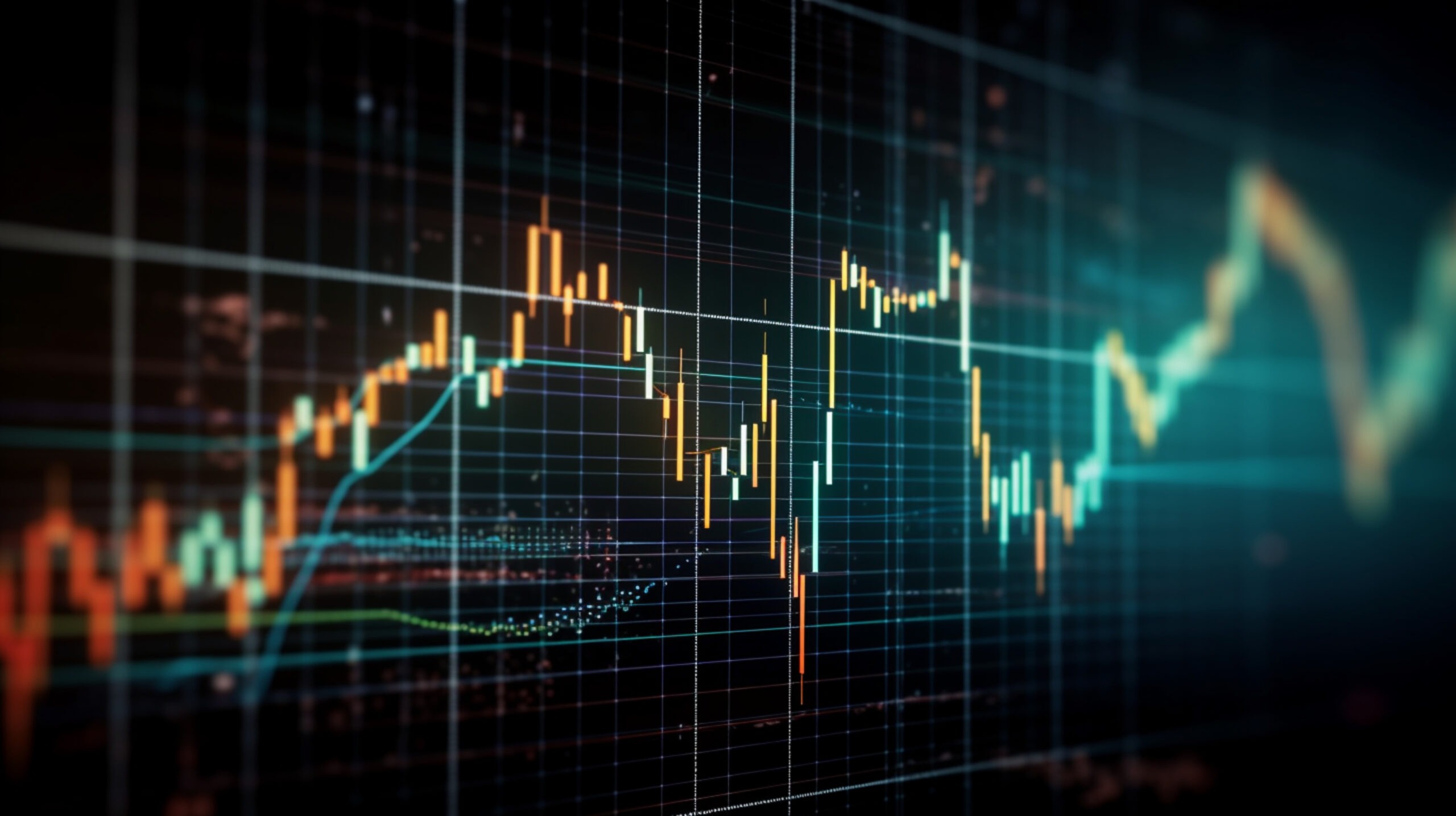The evolving equity trading landscape: Q&A
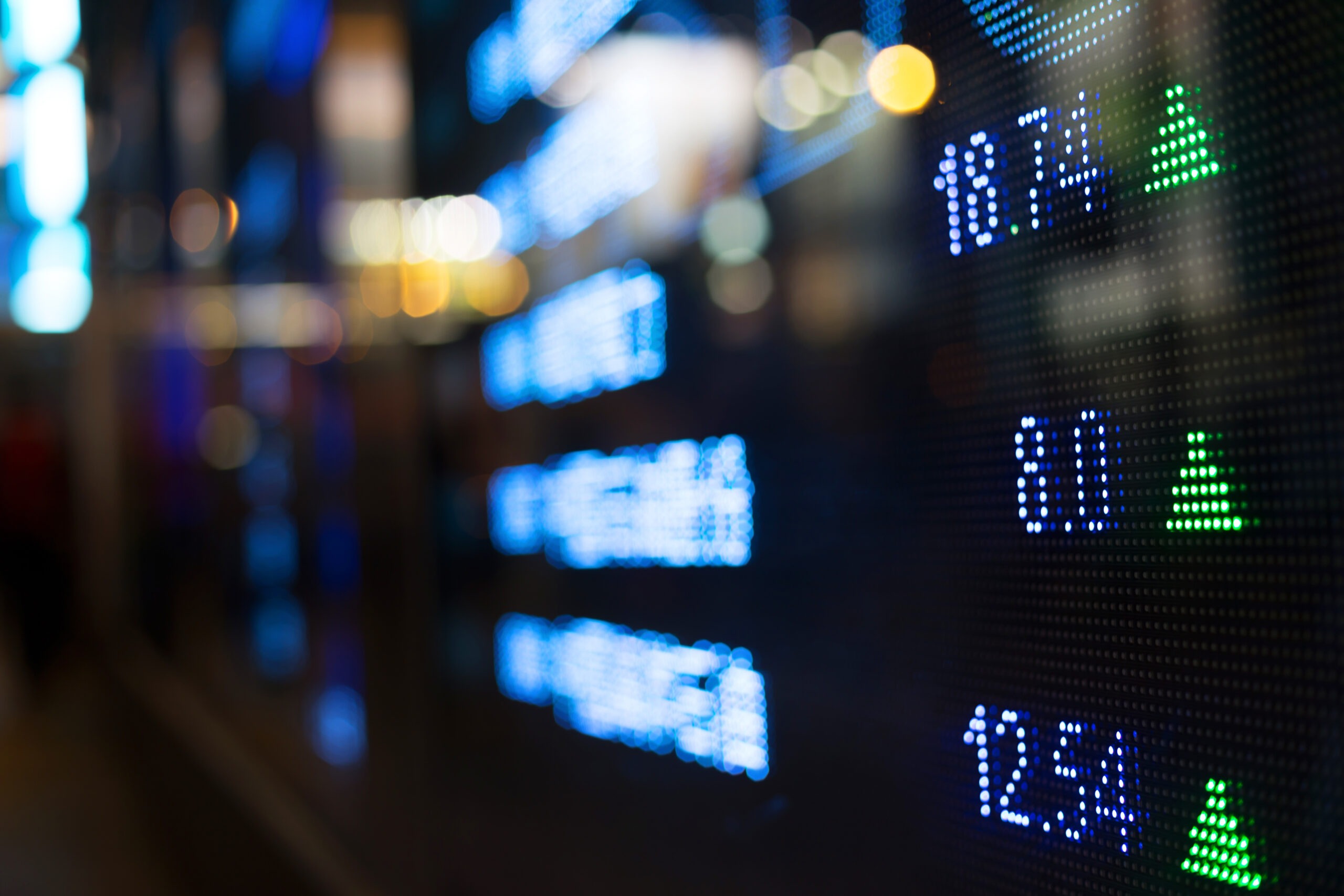
Advances in technology are giving institutional asset managers new avenues for sourcing liquidity. By establishing direct connections to market makers, institutions can access differentiated liquidity as a complement to banks’ agency execution services. Here, three buy-side traders discuss the changing nature of equity trading and the role that firms like Optiver play within this evolving landscape.

Eric Heleine, Head of Buy-Side Trading Desk, Groupama

Jay Hockey, Senior Equity Trader, Schroders
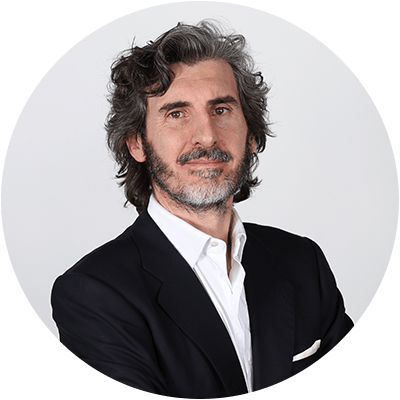
Pablo Fernández Gómez, Head Trader, BBVA
Q: How has your approach to execution evolved over recent years?
Pablo Fernández Gómez, Head Trader, BBVA: Since MiFID II, we have divided our business into high-touch and low-touch. We only give intermediaries that support us in our high-touch business access to our low-touch business. We think it creates a virtuous circle, where we reward those who make an effort to innovate. We find that banks are increasingly focused on agency execution, via algorithms, which reduces their execution risk to zero.
Eric Heleine, Head of Buy-Side Trading Desk, Groupama: Our flows are skewed between very high-touch activities and very low-touch activities. That’s why we’ve developed a lot of automation capabilities to optimise execution and reduce the duration of the low-touch flows. This includes algo wheels with a combination of multi-execution channels that sweep liquidity before going to the lit market in order to reduce our footprint.
Jay Hockey, Senior Equity Trader, Schroders: Whilst our appetite for risk has remained consistent in recent years, we’ve significantly grown our use of electronic trading with the use of algo wheels and modelled broker selection (data driven), thus providing significant efficiencies and automation of work flows. Bank risk is essential for us when contemplating our trading strategy. We see that banks have broadened their IOI offering, with many providing interactive and actionable risk liquidity into platforms that we can trade against in a more electronic, low-touch manner.
Q: What are the broader technological trends driving your approach and what do you look for in an execution partner?
Fernández: In any industry, you need to evolve and keep up with change to survive. We’re living in a “rise of the machines” era. In trading, we believe this means hybrid intermediaries that combine human talent with state-of-art technology are the best positioned. We see many in the industry that are still tied to the pre-MiFID II broker-list model and therefore miss liquidity opportunities. Trading is no longer just a people’s business that relies solely on a trusted relationship with your sales support. New technologies and new ways of managing risk books are emerging and we like to value talent.
Heleine: Our main needs are to find liquidity and reduce our footprint on the lit markets. Any initiative that can add capacity in this respect will be very well-supported. On the high-touch side specifically, we need partners that can execute our full size, or as close to it as possible, to ensure we don’t transfer alpha within the execution. The heightened volatility in the last year or so has led to a decrease in the amount of bank risk capital that’s available to us at the touch. Block orders come at a higher premium but from what we see, risk liquidity is far less than what we need, especially in terms of universe.
Q: What value does Optiver provide as an execution partner and how has that relationship developed?
Hockey: From leveraging relationships we have on the ETF side, we have engaged with new work flow ideas such as RFQs for cash equities and straight-forward risk pricing on a fill/kill basis. This type of risk pricing and direct capital offering is nothing new, but where Optiver has been able to differentiate is its ability to offer risk with spread capture (mids) across an extensive list of stocks and in significant USD sizes. Our attitude is always to seek “best outcome”. By having the necessary access to all liquidity forms, we are able to better meet our best execution requirements.
Heleine: We see Optiver providing a type of liquidity that isn’t already present in the market, and we have been very positively surprised at the mid-cap flows, as this is where we often experience liquidity issues. For these reasons, the relationship is valuable for us. We don’t see much post-trade impact or order-book toxicity, and we also have to be sure we aren’t trading in a way that games liquidity. In terms of numbers of blocks traded, Optiver is roughly in competition with the buy-side-to-buy-side large-in-scale pools, like Cboe BIDS Europe, Liquidnet and POSIT. We also see a very disciplined settlement process when trading with Optiver, which is important for us.
Fernández: Optiver is a great partner for sourcing liquidity and has made a great effort to adapt quickly, while also being clear and transparent. They are a critical partner for us along with the dark pools and have the energy to keep innovating.
Optiver has built a central risk book that collates deltas from our internal market-making desks, which we leverage to offer two-way pricing in over 1,600 equities to buy-side firms. Our ability to hedge and offset risk across options, ETF and futures positions means we can passively unwind positions and limit market impact. We work with the major order and execution management system providers to supply transparency on pricing and establish a fully-automated straight-through process. To learn more about trading with Optiver, visit our website at optiver.com/institutional-trading or contact [email protected]
DISCLAIMER: Optiver V.O.F. or “Optiver” is a market maker licensed by the Dutch authority for the financial markets to conduct the investment activity of dealing on own account. This communication and all information contained herein does not constitute investment advice, investment research, financial analysis, or constitute any activity other than dealing on own account.
